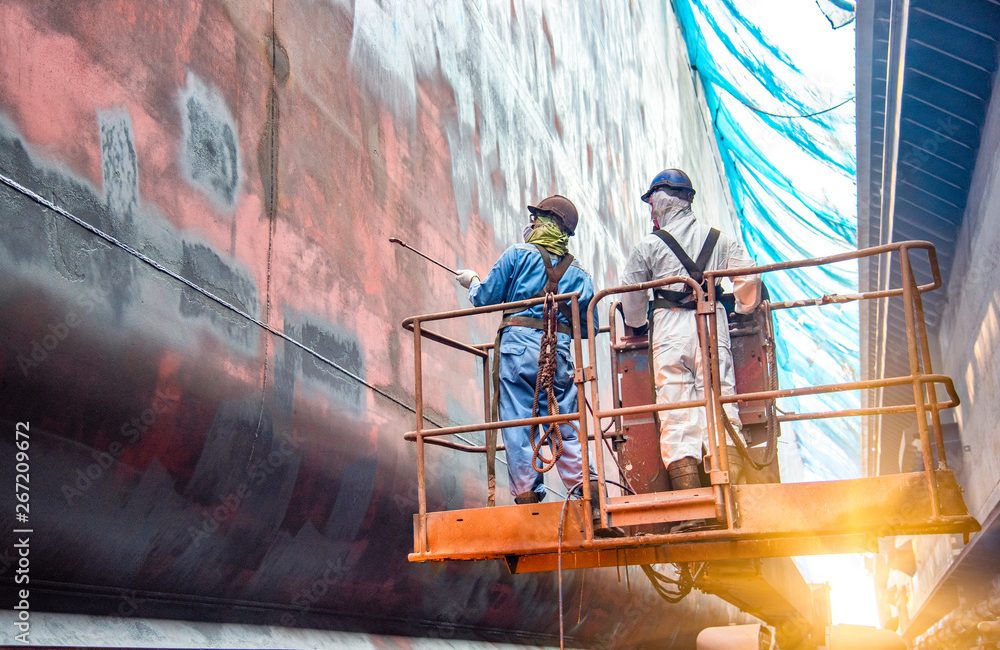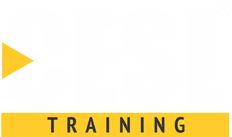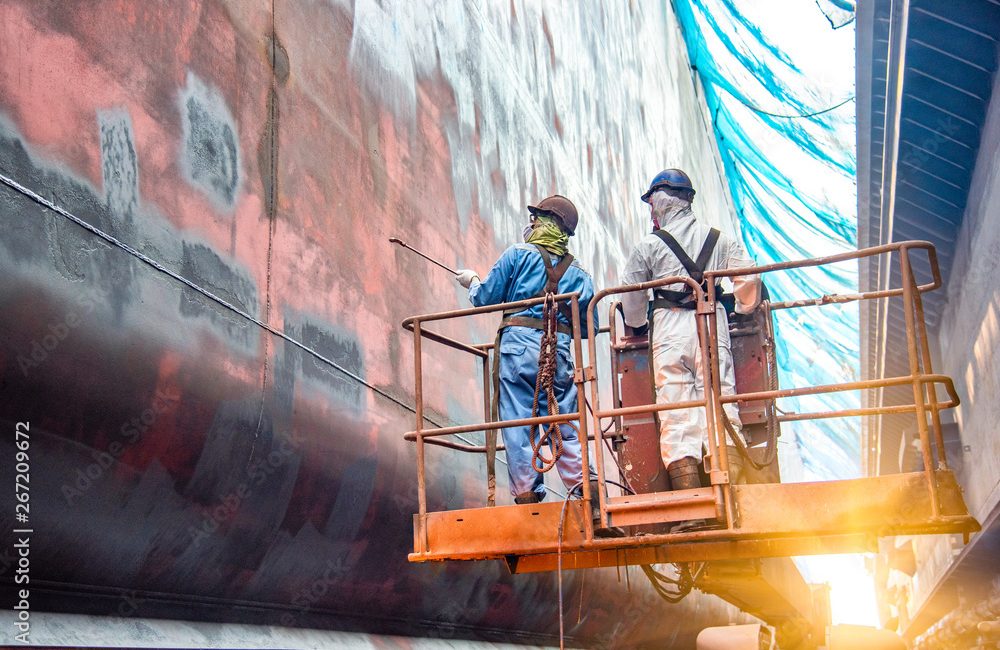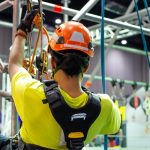Working at heights is an unavoidable aspect of the aviation industry, especially for technicians responsible for maintaining and repairing aircraft and airport infrastructure. While these tasks are crucial to ensuring the safety and efficiency of aviation operations, they also come with significant risks. Adhering to stringent safety protocols is essential to protect technicians and prevent accidents. In this blog, we will discuss the critical work at height safety protocols that every aviation technician should follow to ensure a safe working environment.

Understanding the Risks
Working at height in the aviation industry involves various challenges, including unstable surfaces, harsh weather conditions, and complex tasks that require precision. These factors contribute to the risk of falls, which can result in severe injuries or even fatalities. Therefore, implementing robust safety measures is not just a regulatory requirement but a moral obligation to protect the lives of technicians.
Key Safety Protocols for Working at Height
- Comprehensive Risk Assessment Before any work at height begins, a thorough risk assessment should be conducted. This involves identifying potential hazards, assessing the likelihood of accidents, and determining the impact of such incidents. The risk assessment should guide the development of a safety plan that outlines the necessary precautions to mitigate identified risks.
- Proper Use of Personal Protective Equipment (PPE) Personal Protective Equipment (PPE) is the first line of defense against falls and other hazards. Aviation technicians working at height must be equipped with appropriate PPE, including harnesses, helmets, and non-slip footwear. It’s crucial that technicians are trained in the correct use and maintenance of PPE to ensure its effectiveness.
- Selection of the Right Equipment The choice of equipment for working at height is critical to safety. Whether using ladders, scaffolding, or Mobile Elevating Work Platforms (MEWPs), the equipment must be suitable for the specific task and environment. Regular inspections and maintenance of equipment are also essential to ensure it is in good working condition.
- Safe Access and Egress Safe access and egress are vital considerations in work at height operations. Technicians should have secure means of accessing and leaving the work area, such as stable ladders or platforms. Additionally, they should avoid carrying heavy tools or equipment while climbing, as this can lead to loss of balance and falls.
- Weather Considerations Weather conditions can significantly impact the safety of work at height. High winds, rain, or extreme temperatures can create hazardous situations. It is essential to monitor weather forecasts and postpone work if conditions are unfavorable. In cases where work must continue, additional precautions, such as windbreaks or securing loose objects, should be taken.
- Training and Competency Competency in work at height tasks is achieved through proper training. Technicians must be trained not only in the technical aspects of their work but also in the safety protocols specific to working at height. Ongoing training and refresher courses are necessary to keep skills sharp and up to date with the latest safety practices.
- Communication and Supervision Effective communication is crucial when working at height, especially in dynamic environments like airports. Technicians should have reliable communication tools to stay in contact with supervisors and other team members. Additionally, work at height should be supervised by a competent person who can oversee safety measures and provide immediate assistance if needed.
- Emergency Preparedness Despite all precautions, emergencies can still occur. It’s vital to have a well-defined emergency plan in place. This plan should include procedures for rescue operations, first aid, and evacuation. All personnel involved in work at height should be familiar with the emergency plan and know their specific roles in executing it.
Conclusion
Work at height is a high-risk activity that demands strict adherence to safety protocols. For aviation technicians, following these protocols is essential to prevent accidents and ensure the safety of themselves and their colleagues. By implementing comprehensive risk assessments, using appropriate PPE and equipment, and maintaining high levels of training and supervision, the aviation industry can significantly reduce the risks associated with working at height. At CESL, we are committed to providing specialized training that equips aviation technicians with the knowledge and skills they need to work safely at height, helping to protect lives and maintain the highest safety standards in the industry.




